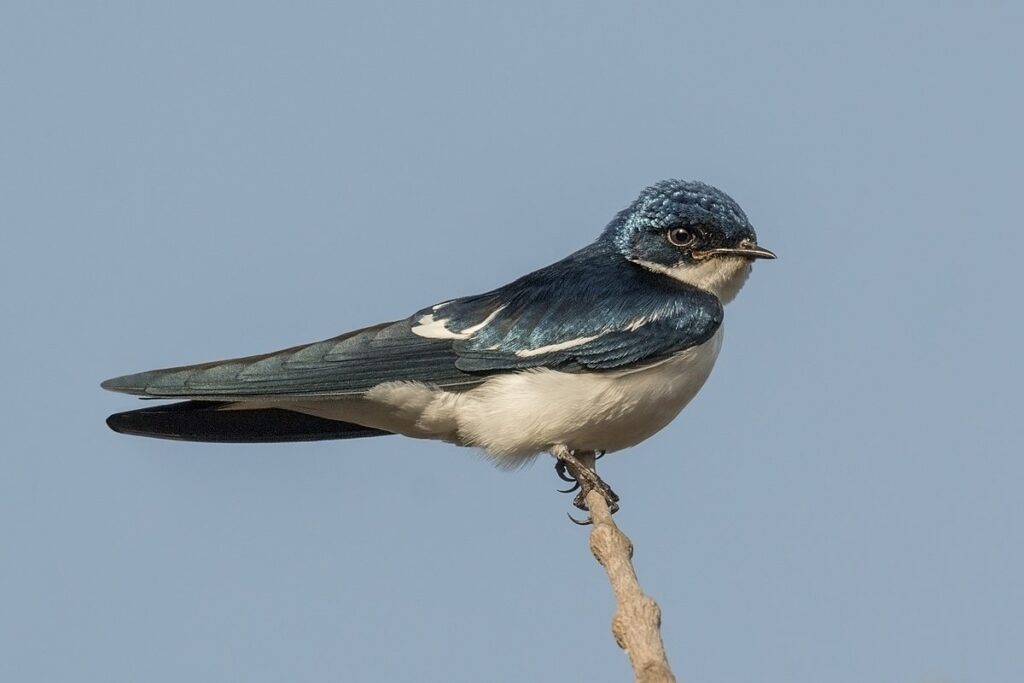Swallows have perhaps the most astonishing migratory habits of any bird. According to a study conducted by Lund University in Sweden, these small birds can spend ten months of the year soaring in the sky. Researchers monitored 13 adult terns in detail to observe their long flight abilities. Accelerometer data loggers and light-level sensors were used to record the birds’ flight activity.
Swallows’ Long Sky Adventure
The swallows’ enormous winter migration from Sweden to the south of the Sahara is remarkable in that they spend only two months on land and the rest of the time in the air. During this time, adaptations in birds’ bodies and their energy management skills provide clues as to how they are able to sustain these long flights. Research has shown that swallows that fly constantly shed and regenerate their wing feathers. This is an important finding in terms of showing the physical effects of continuous flight.
Swallows’ Secrets to Stay in the Air
Researchers attribute the secret of the swallows’ ability to stay aloft for so long to their special adaptations and aerodynamic body structure. Their long and narrow wings allow them to glide through the sky with less energy. And the question of whether these birds sleep in the air is still unanswered. But scientists speculate that swallows, like Frigatebirds, can sleep in flight.
The Importance of Swallow Research
These findings deepen our understanding of bird migration and flight biology and provide valuable insights into how swallows accomplish this incredible marathon of flight. This kind of research helps us learn more about birds’ migratory habits, energy management and adaptability. Indeed, swallows represent one of the most extraordinary phenomena that nature offers us.
Sources: IFL Science, National Geographic
